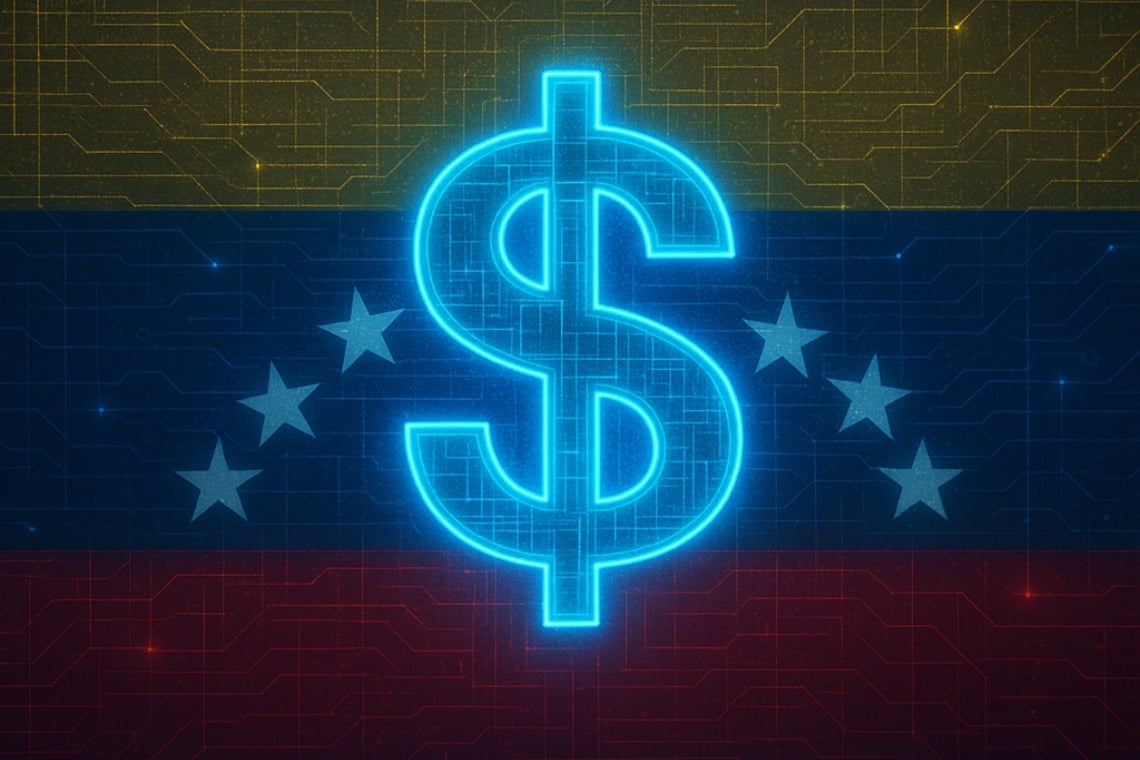Venezuela stablecoins: USDT becomes everyday payments

Venezuela stablecoins are increasingly used by citizens to protect savings and pay for daily goods as the bolívar collapses amid renewed geopolitical pressure.
Why are dollar-pegged stablecoins driving Venezuela cryptocurrency adoption?
Cointelegraph reports on Oct 28, 2025 that Venezuelans are adopting dollar-pegged stablecoins such as Tether (USDT) to avoid local currency volatility; the report cites 130% over a year in 2018 for hyperinflation and characterises what it calls the deepest economic contraction in over a decade.
How do locals use the “Binance Dollar” in daily life?
Market anecdotes in the report show corner shops and freelancers pricing goods in stablecoins, and remittances arriving as USDT to avoid exchange fees and delays. Venezuelans commonly refer to these dollar-pegged tokens as “Binance Dollar” when quoting prices or accepting payments.
In brief, stablecoins like Tether are used for both asset protection and routine payments across Venezuela. In brief:
How is Tether USDT usage reshaping stablecoin everyday payments?
Merchants and P2P desks increasingly accept USDT for purchases, wages and small transfers, reducing reliance on scarce official dollars and informal cash markets. The IMF background notes that in highly stressed economies “dollarisation is deepening,” a dynamic that helps explain why USDT often substitutes for physical dollars in daily transactions.
Do U.S. sanctions on Venezuela and military pressure affect the choice of stablecoins?
The Cointelegraph report links higher stablecoin demand to tighter access to conventional dollars after U.S. measures that limit foreign-currency inflows and to a reported aircraft carrier deployment near the region, steps that analysts say have heightened uncertainty.




